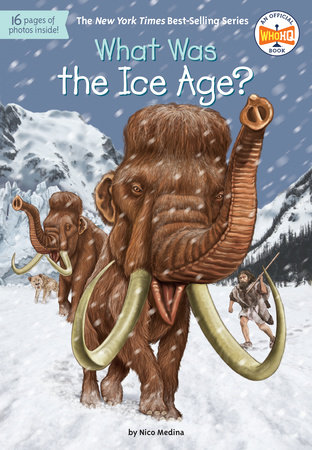
Nancy Hudgins always wanted to write for children, but her roles as attorney, business owner, mediator, and mom kept standing in the way. A number of years ago, Nancy decided to pursue her dream in earnest. Nancy began taking the advice that many writers offered her; write, research, join the Society of Children’s Book Writers and Illustrators, attend conferences and connect with fellow writers.
Nancy’s work paid off, as her first book, Ursula Nordstrom: Books Good Enough for Children, will be published by Cameron Kids books in fall, 2025.
Nancy’s journey is inspiring…check it out!
Please share a bit about your publication journey…
Five years ago, I wrote a picture book biography of Ursula Nordstrom and took it to an Andrea Brown Literary Agency retreat. Amy Novesky led one of my critique groups. We both became animated talking about Ursula. My manuscript was an early (likely, dreadful) draft, but even so, Amy was encouraging and invited me to send her a revision. I was new to picture books and couldn’t figure out a way into the story, so I set it aside, but I loosely stayed in touch with Amy. She was always supportive of my writing. Much like Ursula was with her writers.
Fast forward to Publishers Weekly’s announcement of Beth Kephart’s picture book on Ursula, Good Books for Bad Children. So much for all my research! When I saw Cameron Kids was beginning to publish middle grade books, I asked Amy if she would be interested in a middle-grade biography of Ursula. She said yes, so I learned how to write a nonfiction book proposal. I sent the proposal to Amy in April and in June I had a book deal and a wonderful agent, Rachel Orr.
Why did you choose Ursula Nordstrom as the subject of your first biography?
I read Leonard Marcus’s Dear Genius: The Letters of Ursula Nordstrom when it came out and loved Ursula’s sense of humor. Years later, when I began trying to write books for children, I remembered it and re-read it. As a prospective writer, it was hard not to like Ursula. She was so supportive of her writers and artists and so deft in helping them produce their best work. Her letters open a door to the way in which the iconic books she edited were made. I was curious about those details, and I thought kids who liked to read books would be curious, too. And maybe kids who aren’t so in to books could be intrigued by their origin stories.
Why is her story significant to middle-grade readers?
I think it’s likely middle-grade readers have been exposed to at least one of the books Ursula edited—picture books such as Goodnight Moon, Harold and the Purple Crayon, Little Bear, Bedtime for Frances, Where the Wild Things Are, The Giving Tree, Stevie, In the Night Kitchen, and Where the Sidewalk Ends; middle-grade books like Stuart Little, Charlotte’s Web, Harriet the Spy and Freaky Friday. That may draw them to this biography. Then, they’ll discover one woman published ALL of them! She was extraordinary. I’m hoping they’ll admire Ursula, as I do, and also enjoy the stories behind the stories. They may discover some classics they hadn’t read before, too. I also write about the editing process, which may help them in editing their own writing.
What resources have you used for your research?
I visited one of Ursula’s boarding schools in New England and explored the village on Long Island where she lived as a little girl. I did research in person at university and public library archives. Many archives now have online finding aids, which is a great way into the details of their collections. I also looked at magazines, journals and newspapers online. And, of course, books.
What is relevant about Ursula’s role in the publishing world to the industry today?
I don’t think I’m the best person to speak to this. It’s all new to me. I can say that Ursula was willing to challenge the status quo. She took risks. She backed up her authors and illustrators. She organized a public stand against book banning.
What have you learned about the process of writing nonfiction that you would like to share with our readers?
There’s always more than one side to a story. Try to find as many viewpoints as possible. You can’t do too much research. I’m happiest when I find something that challenges the assumptions I have based on what I’ve previously read. It’s hard to curate someone’s life. I want to get it right.
And finally, based on your journey, what advice do you have for writers?
Find curious, discerning, thoughtful critique partners! They’ll make you think. Remember your audience. Sometimes I get carried away and write pages about something I’m interested in for some arcane reason. During revision, I realize I’ve written those pages for me, not for my readers! They get cut.














